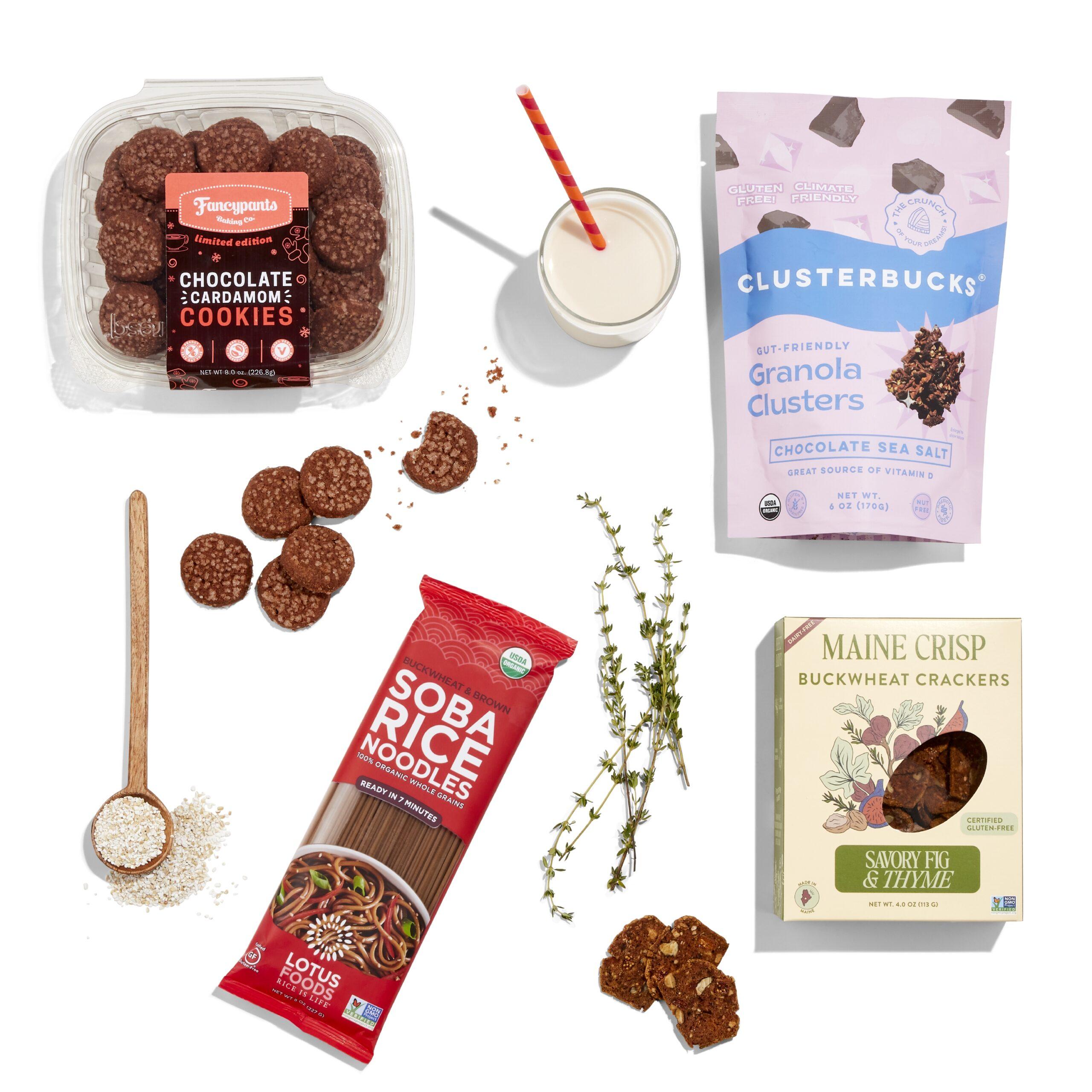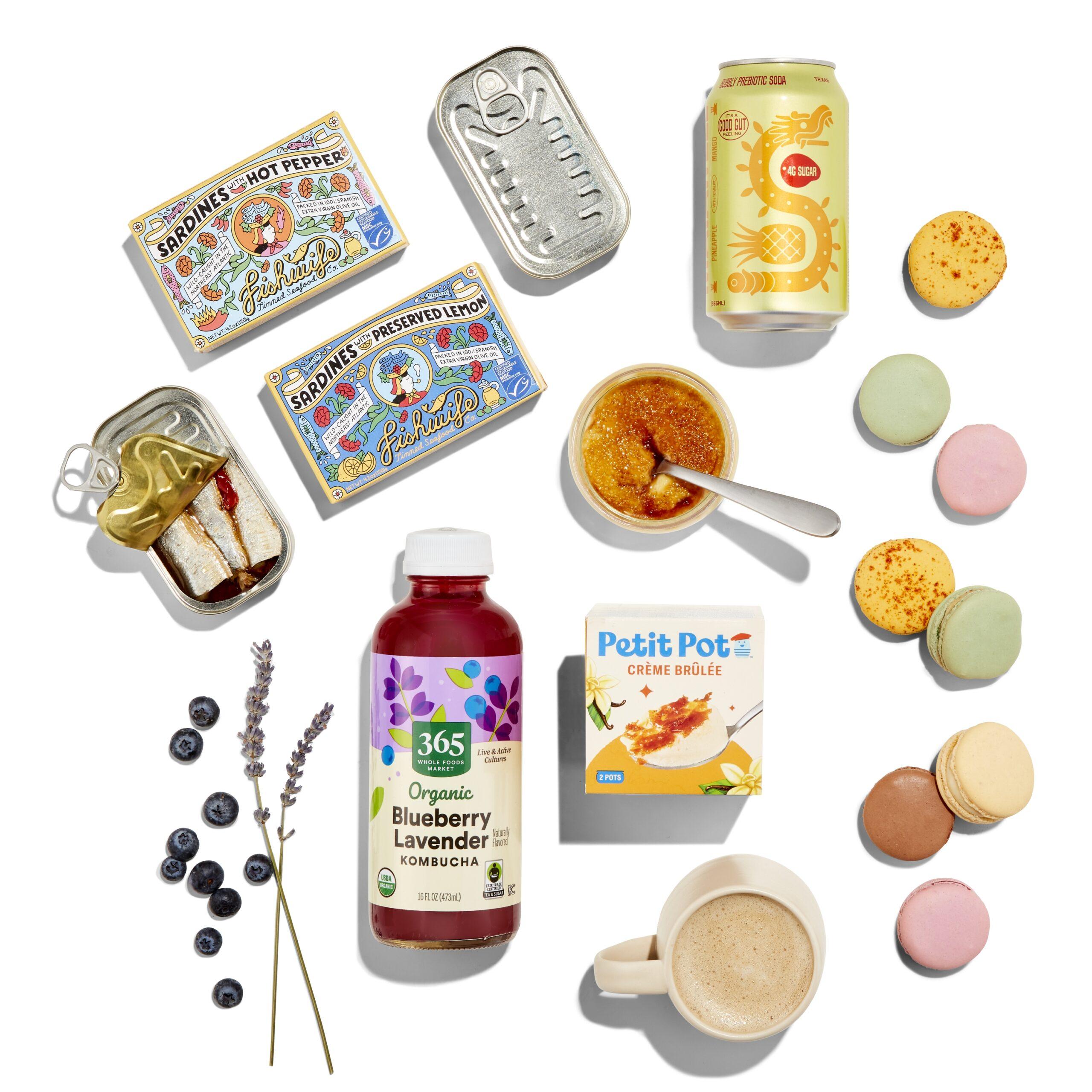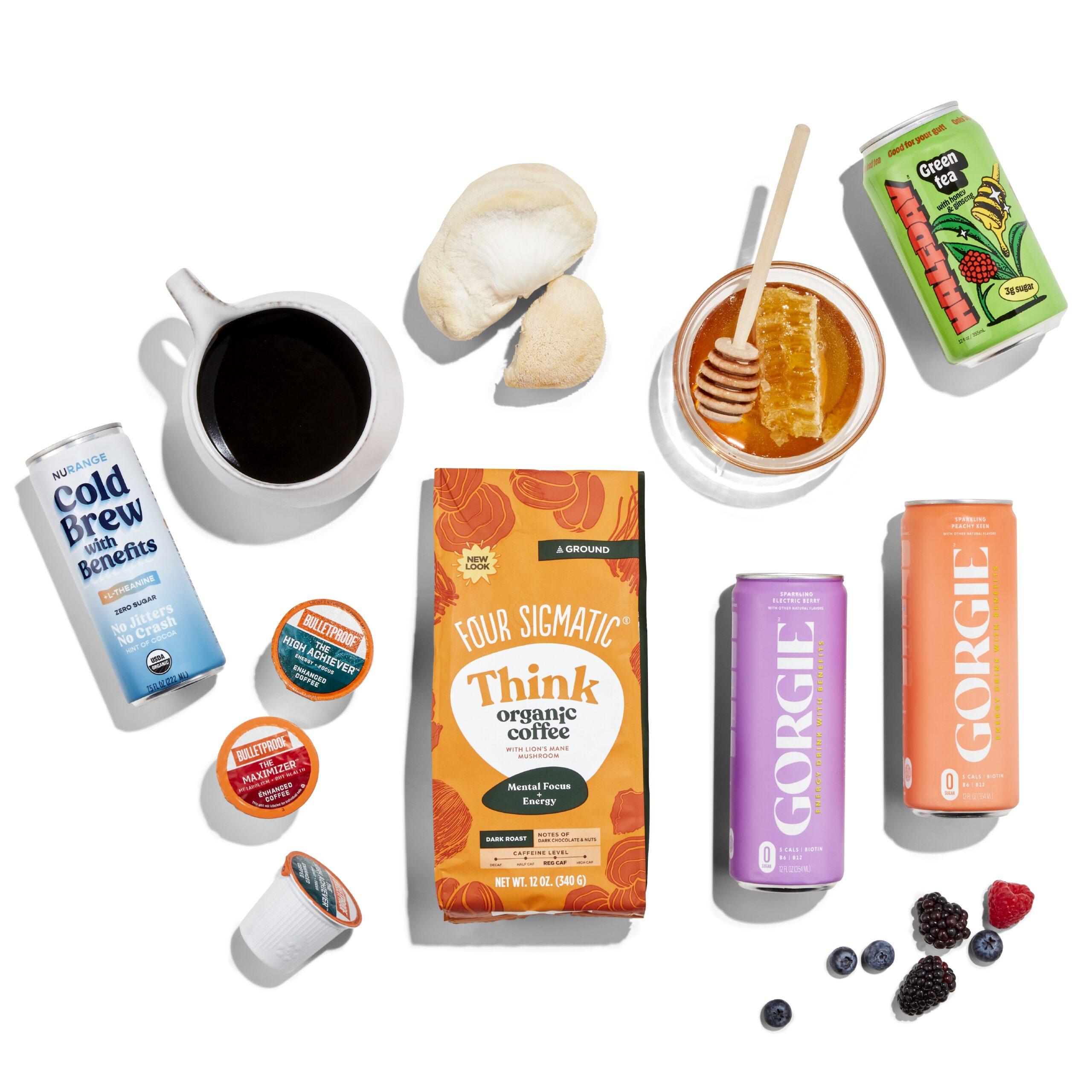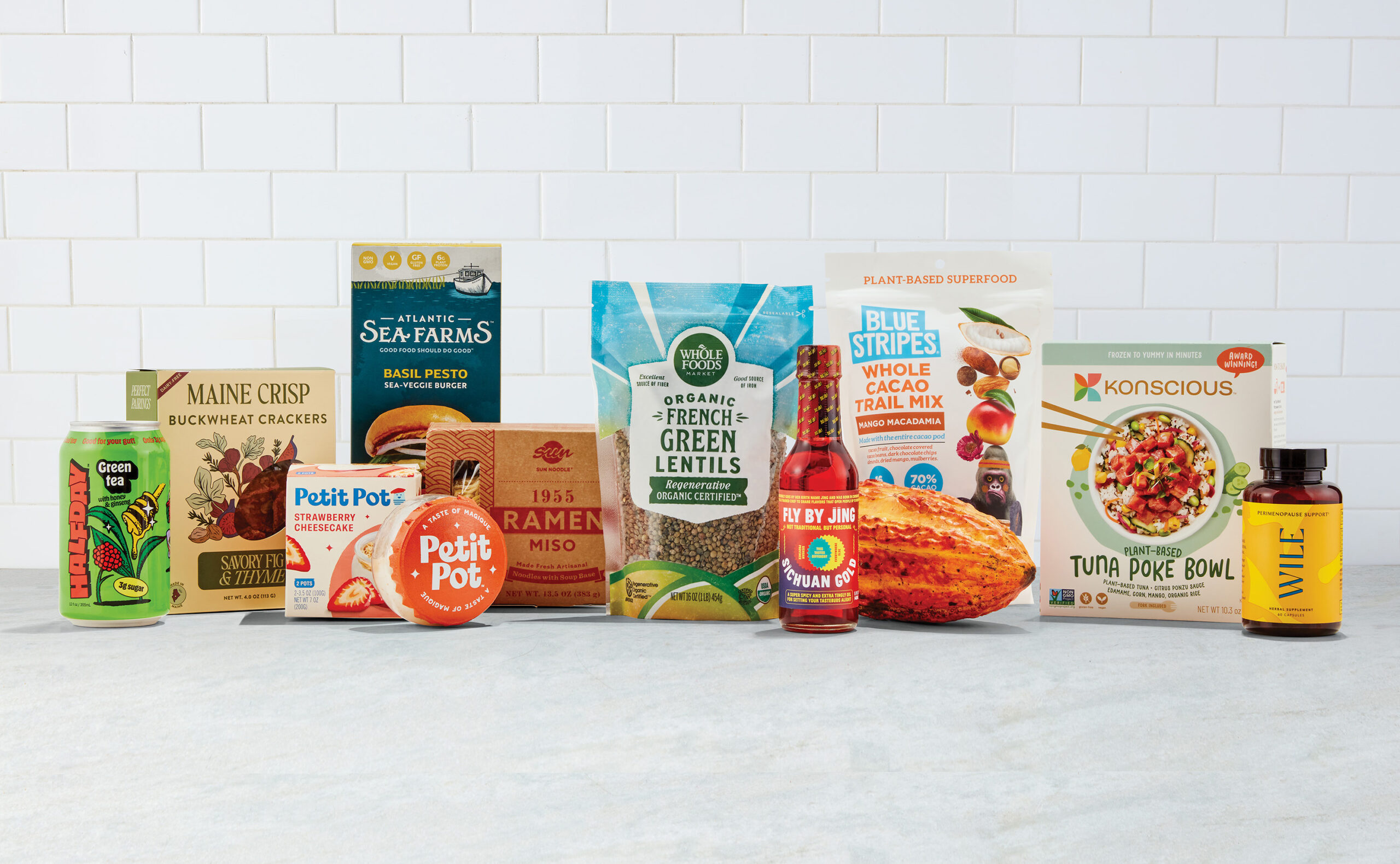More functional foods, the rise of cocoa products and buckwheat popularity, along with persistent artificial meat producers—these are the food trends for the next year. They will complement the battles against droughts, food shortages in low-income countries, a return to “green” restrictions, and Russia’s attack on supply chains—challenges transitioning from 2023.
Whole Foods Market, one of the leading food retailers in the USA, has presented the top 10 food trends for 2024. In the current turbulent times worldwide, any predictions might seem unreliable, but with Whole Foods Market, things are a bit different. This is the retailer’s ninth report on consumer preferences, and in previous years, many of them proved accurate. Whole Foods Market predicted the emergence of plant-based meat products, the popularity of avocado oil, and foresaw a sharp rise in premium pet foods. So, it’s worth paying attention to the opinions of the company—specifically, the insights of its 50-member expert panel, including managers, buyers, and culinary experts.
So, what do the top 10 food trend forecasts for 2024 look like?
It’s essential to note that this is just the tip of the consumer iceberg. Global challenges have not disappeared. Whole Foods Market mentions water shortages in point number 5 of its trends. As for food shortages in the poorest countries, disruptions in supply chains by Russia, the return of the carbon footprint theme from agricultural production, and natural disasters—UN, EU, and basically everyone closely monitoring the global food market keep reminding us of these.
1. Plant-Based Food No Longer Pretends to Be Meat.
Pea protein sausages, soy burgers, and other complex products imitating the taste and appearance of meat are rapidly losing popularity. Meanwhile, the plant-based cuisine remains at the top of sales—estimated at 100 million vegans and 800 million vegetarians worldwide. If the current pace continues, by 2032, at least every fifth person will be vegan. According to a survey by the Kyiv International Institute of Sociology in October 2020, there were 4.5 million vegetarians and about 800,000 vegans in Ukraine. Now, there are likely fewer, as many women and elderly people have moved to Western Europe to escape the atrocities committed by Russian aggressors. For those who stayed in Ukraine, being picky about food is more challenging due to the war and logistics problems.
Where is the trend for vegan and vegetarian food heading? Products for this demographic are becoming as simple and natural as possible—without compromising taste. Complex lab alternatives to meat with dozens of ingredients are being replaced by natural mushrooms, walnuts, and legumes. So, in the next year, the artificial “cutlet” in a veggie burger will likely be replaced by natural, protein-rich vegetables. Nut and legume pastes might become more popular. What did you say about hummus? Exactly, it has every chance of becoming an even more fashionable treat.
2. Cocoa-Based Products
The three pillars supporting the cocoa bean market are cocoa liquor, cocoa butter, and cocoa powder. However, next year, the food market is expected to take a closer look at this product, and cocoa will be used even more widely. Parts of the plant that are currently considered by-products and discarded—such as cocoa pulp surrounding the seeds—will come into play. The pulp itself has a pleasant taste, vaguely resembling the exotic fruit mangosteen, and is suitable for making jams, purees, and preserves. It can also be used as a natural sweetener. Confectionery giants like Nestle and RitterSport have begun experimenting in this direction, releasing a sugar-free chocolate bar sweetened with cocoa pulp. Estimated earnings for cocoa farmers from pulp sales are expected to grow by 20-40%. Less waste—by the way, that’s also a food market trend.

Photo: High in complex carbohydrates, fiber, and gluten-free – that’s buckwheat. In Ukraine, this cereal is number one in local cuisine. Source: Whole Foods Market
3. Buckwheat – the Queen of Fields
This grain is incredibly popular in Ukraine; in the 19th century, the poet Taras Shevchenko even referred to Ukrainians as “buckwheat sowers.” Now, in the early 21st century, the world is only beginning to discover buckwheat and marvel at its brilliant characteristics. With high levels of complex carbohydrates, fiber, gluten-free properties, and, as a bonus, its positive impact on soil fertility.
For Western consumers, buckwheat was familiar mainly as soba noodles, but now the range of products derived from it is significantly expanding. This includes crackers, muesli flakes, and even buckwheat milk. In 2023, Ukraine increased the buckwheat cultivation area to 141.5 thousand hectares, the largest area dedicated to this crop in its years of independence. Preliminary estimates suggest a record harvest of over 180 thousand tonnes in the country. Therefore, this new global trend promises excellent export prospects for Ukraine, which will be quite timely as domestic prices for buckwheat have nearly halved due to overproduction.
4. Luxury Artificial Fish
Plant-based fish producers continue to find their way into the hearts and stomachs of consumers by offering vegan versions of the most delicate varieties. Besides “fish,” vegetable-based “caviar” and “seafood” are appearing on the shelves.
However, consumers in this segment also lean towards naturalness. Therefore, to imitate the taste and texture, vegetables and fruits are used rather than laboratory methods. For example, in the production of “salmon,” carrots are applied, and tubular mushrooms, after processing, turn into “scallops.” For instance, the well-known American brand Good Catch introduced a whole series of plant-based fish burgers back in 2021. This seemed almost fantastic and certainly innovative at the time. They started supplying them to Ukraine just before the Russian invasion and continued doing so even in the conditions of full-scale war, although deliveries slowed down.
5. Water Conservation
Preserving water resources has been prioritized on the global agricultural agenda. The theme of World Food Day in October 2023 was defined as “Water for Life. Water for Food.” Brands wishing to appear as responsible producers are implementing water-saving technologies and declaring their efforts to consumers. In addition to reducing water consumption, companies are investing in soil improvement, which will later help save water resources in the production process. This trend covers not only the food sector but also other consumer market segments. For example, dry shampoos, mouthwash tablets, or laundry detergents in sheets are becoming more popular, requiring less water and causing less pollution when used.
6. More Spicy
Not just “spicy,” but “very spicy” and “differently spicy” – this trend can describe the push in the sales of various spices and products with them. The assortment is expanding, not only in variety but also in form. Pepper oils are rapidly gaining popularity, and alongside the usual dried pepper, marinated pepper is appearing on the shelves. Also, familiar products are getting an extra kick. Watermelon jam with chili, extra-spicy truffle sauce, and chocolate with red pepper are transforming from exotic treats into routine items.
7. Quick-Cooking Noodles
Noodles meet two basic requirements for food—quick and filling. But now, another characteristic is added – “elegance.” Manufacturers are launching more complex, almost restaurant-like versions of this dish, moving further away from the “brick of noodles and spice packet” format. Vegetables, expensive ingredients, vibrant spice combinations, and noodles made from organic eggs are added to portions. Sometimes they even specify that the noodles are sun-dried. Thank you for not drying them under the moon; otherwise, the prices for such a product would be astronomical.

Photo: A small portion of luxury food? Why not! Because it’s better to have less, but better. Source: Whole Foods Market
8. Luxury in One Bite
How to elevate luxury goods? Manufacturers provide an answer—reduce the packaging. Almond flour pastries, elite coffee, individual portions of seafood snacks – these are expensive products that can be quite pricey per full packaging unit. Still, they do not create a hole in the budget when purchasing an individual portion. This way, brands achieve two goals: they reclassify these products as impulse purchases, giving consumers the illusion of belonging to luxury and increasing sales. Secondly, they form a new audience that, having become acquainted with the product, may decide to buy it, even at the expense of other components of their personal grocery basket

Photo: Food “especially for ladies” is also a new trend. Source: Whole Foods Market
9. Reinforcing Women’s Health
A long-tabooed topic is now resounding from every supermarket shelf. Companies are actively introducing functional products tailored to the needs of the female body. Supplements, enriched beverages, and bars designed for menstrual cycles, pregnancy, postpartum periods, and menopause are being released by an increasing number of brands. A separate niche includes products and recipes aimed at boosting estrogen levels and beverages to enhance activity and relieve stress.

Photo: The gradual transition from coffee to “pure caffeine” – that’s the path. Source: Whole Foods Market
10. Caffeine Without Coffee
Getting your morning boost, focusing your attention, and avoiding the caffeine crash can be achieved by replacing coffee with its analogs. Drinks with added mushrooms, adaptogens, or probiotics are suggested as substitutes. Only a few of them truly mimic the taste of coffee since creating imitations that closely match the original flavour remains a challenge. However, the competitive advantage of nootropic beverages lies in offering dozens and hundreds of combinations instead of one familiar coffee taste. A gradual shift from coffee to “pure caffeine” is being declared by more consumers, and brands are rushing to provide them with choices.
Source: The Gaze







